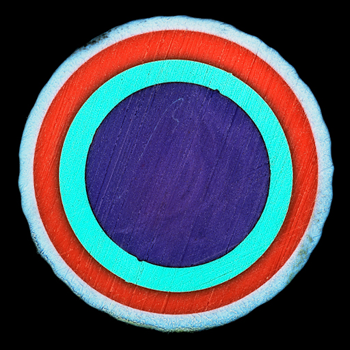How does the law of conservation of matter and energy relate to the cycles in nature?
1 Answer
The law of conservation of matter and energy states that matter is neither created nor destroyed but conserved.
Explanation:
The law of conservation of matter and energy states that matter is neither created nor destroyed but conserved. Humans do not have the ability to create or destroy matter (atoms) or energy. They can only rearrange the matter and energy.
For example, an oxygen atom will cycle through a living system. In photosynthesis, the first half of the cycle, when a plant produces sugars (carbohydrates) the plant does this by using the energy of the sun (It did not create the energy) and molecules of water
This is a simplistic presentation of the first half of a cycle in nature in which plants produce food (carbohydrates) and give off oxygen as a waste product. The second half involves animals that use respiration to break apart the sugars

